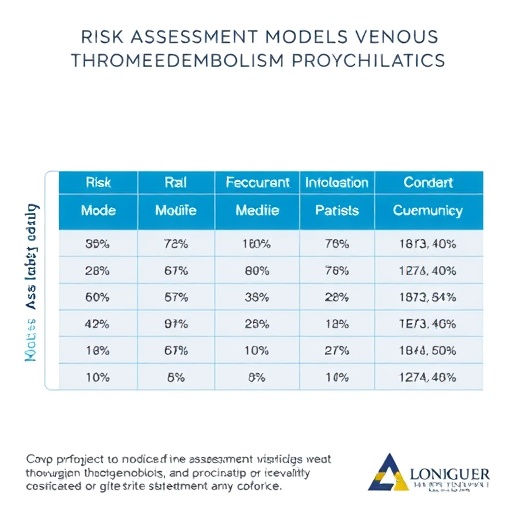
Credit: Yoshikatsu Matsubayashi
Nagoya, Japan – Plant growth and development relies on the movement of mineral ions from the soil to the transport system of root cells (xylem tissue) and subsequent transfer to the shoot. Because this process usually occurs against a concentration gradient, passive diffusion is prevented and homeostasis ensured by the presence of a waterproof lignin-rich barrier known as the Casparian strip that surrounds xylem and phloem tissue in a ring. Several proteins were known to be necessary for Casparian strip formation, including the receptor kinase GSO1/SGN3.
Now, work at Nagoya University has identified peptide hormone ligands within the center of the root that bind the GSO1/SGN3 receptor and regulate Casparian strip assembly in response to developmental and environmental cues. The study was reported in Science.
Genes encoding the precursors of peptide hormones are present in multiple copies in plant genomes, and the pre-peptides carry a conserved domain. Armed with this knowledge, the researchers used a screening process to identify two peptides, which they named Casparian strip integrity factor (CIF)1 and CIF2, from a wider peptide family that were needed for complete Casparian strip formation in the roots of the model plant Arabidopsis. CIF1 and CIF2 expression was limited to the central section of the root (the stele) containing the xylem and phloem.
Knockdown of the genes encoding CIF1 and CIF2 resulted in a "leaky" barrier that allowed movement of an experimental dye into the xylem. This phenotype resembled that seen in plants with mutations in the gene encoding the GSO1/SGN3 receptor.
"Lignin autofluorescence and live-cell imaging revealed disruption of the barrier in the absence of the peptide ligands or receptor," corresponding author Yoshikatsu Matsubayashi says, "while the addition of synthetic CIF1 to the ligand mutant, but not the receptor mutant, restored barrier integrity as binding of the receptor-ligand encouraged lignin deposition." CIF peptides were also shown to be necessary for maintenance as well as formation of the Casparian strip.
The ligand mutant was more sensitive to high iron levels in the soil than wild-type, showing stunted growth and bronzing of the leaves which was overcome by the addition of synthetic CIF1. These growth defects likely reflect the high iron observed in the xylem sap of these mutants, indicative of barrier leakage.
"Interestingly, CIF1 and CIF2 gene expression was up-regulated by high iron levels, particularly under high acidity" Matsubayashi says. "This reveals an active strategy by higher plants to overcome adverse growth conditions."
###
The article, "A peptide hormone required for Casparian strip diffusion barrier formation in Arabidopsis roots" was published in Science at DOI: 10.1126/science.aai9057
Media Contact
Koomi Sung
[email protected]
http://www.nagoya-u.ac.jp/en/
############
Story Source: Materials provided by Scienmag




